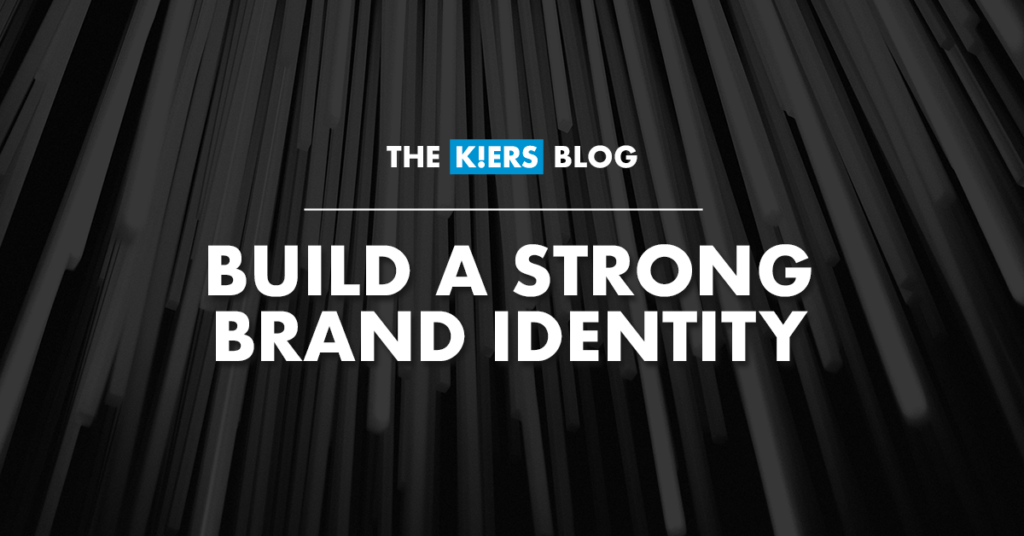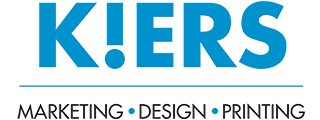
1. Define Your Belief
Differentiate yourself by defining your core belief and mission as a company. Stand out from the competition and clearly state what sets you apart. For example, Dove believes in making beauty accessible to everyone.
2. Shape Your Culture
Develop a company culture that aligns with your mission and influences all aspects of your business. Create a mindset that impacts how you interact internally and externally. Google values innovation and experimentation, fostering a creative environment.
3. Identify Your Audience
Instead of targeting everyone, focus on your core audience. Tailor your branding message specifically to them. Nike effectively addresses their marketing to athletes, resonating with their target audience.
4. Evoke Emotion
Create a positive and fulfilling emotional experience for your customers. Consider how they feel when interacting with your business, products, or services. Reinforce this feeling in your brand messaging. Apple generates anticipation by introducing innovative technology.
5. Establish Your Voice
Craft a consistent voice and tone for your brand messaging. This sets expectations and creates a distinct identity. Harley Davidson uses an aggressive and strong tone that aligns with their branding.
By addressing these questions, you’ll establish a solid brand framework, allowing you to define other crucial aspects of your business.
If you have any questions or need assistance, our team is here to help you discover and develop your brand.
